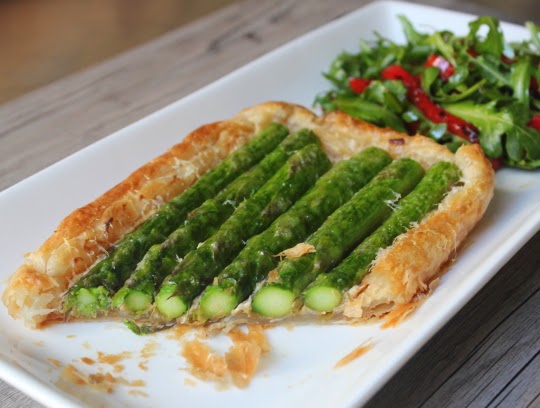The flavor is wonderfully meaty, especially when you toss in
a handful of bacon, and they require absolutely no finesse to prepare perfectly.
Just simmer until you have achieved lentil tenderness, adding broth as needed.
That’s pretty much it.
I’m told black lentils are really good for you, which is
weird, since I’ve never asked anybody. Nevertheless, this is a soup you can
feel good about putting into your body, unlike that “Bacon Jalapeño Popper
Chowder” recipe you got off Pinterest. We’re still right in the middle of soup
season, so the next time you feel like a hot bowl, I hope you give this black
lentil soup a try. Enjoy!
Ingredients for 4 large portions:
2 tsp vegetable oil
4 oz bacon
1 cup yellow onion, large dice
1 cup carrots, large dice
1 cup celery, large dice
1/2 tsp cumin
1/4 tsp dried thyme
salt and pepper to taste
cayenne to taste
1 1/4 cup black lentils
5 to 6 cups chicken broth, or as needed
1 bay leaf
1 bay leaf
1/4 cup chopped Italian parsley
1 tsp extra good extra virgin olive oil
1 tsp extra good extra virgin olive oil




























